Written by Maggie Lindner
On October 10th, 2022, Script Ohio will turn 86 years old. First performed at a 1936 football game against Indiana, which the Buckeyes won 7-0, the formation has become the signature of TBDBITL. Played to the tune of Robert Planquette’s “Le Régiment de Sambre et Meuse”, Script Ohio is ubiquitous for the smooth, continuous flow and precise movements of its 192 members. The tradition began with band Director Eugene Weigel, who took inspiration from the Marquee sign of the Ohio Theatre in Downtown Columbus, which can still be seen today.
While performing as a member of The Ohio State University marching band is noteworthy on its own, the most honorable position is undoubtedly that of the “i”-dotter. Always a fourth-year sousaphone player (since the fourth performance of Script Ohio), the role of “i”-dotter is so enviable that students have continued to perform with the band for years after graduation just to be eligible. Today, the routine includes high fiving the drum major towards the end of the performance and bowing to the cheering fans on both sides of the ‘Shoe.
However, students are not the only ones presented with the opportunity to dot the “i”. Notable “i”-dotters have included Bob Hope in 1978, Woody Hayes in 1983, and Jack Nicklaus in 2006. The last celebrity “i”-dotter appeared in 2018, the then-100-year-old Ohio State Marching Band alum Anthony Violi. It’s confirmed that no one will guest star in 2022, leaving more opportunities for sousaphone players to have their well-deserved moment in the spotlight.
Sources
Bovenzi, Giustino. “The Unlikely History behind the Legendary ‘Script Ohio.’” Sports Illustrated, Sports Illustrated, 20 Nov. 2015, https://www.si.com/college/2015/11/20/history-behind-ohio-states-legendary-script-ohio-routine.
Gay, Colin. “Ohio State Marching Band to Not Have Guest ‘I-Dotters’ in Script Ohio in 2022.” Yahoo! News, Yahoo!, 22 Aug. 2022, https://news.yahoo.com/ohio-state-marching-band-not-100220699.html.
“Traditions.” The Ohio State University Marching and Athletic Bands, The Ohio State University , https://tbdbitl.osu.edu/marching-band/traditions.




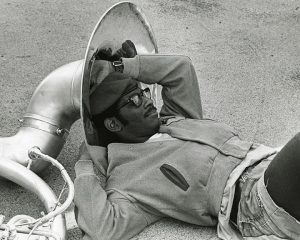







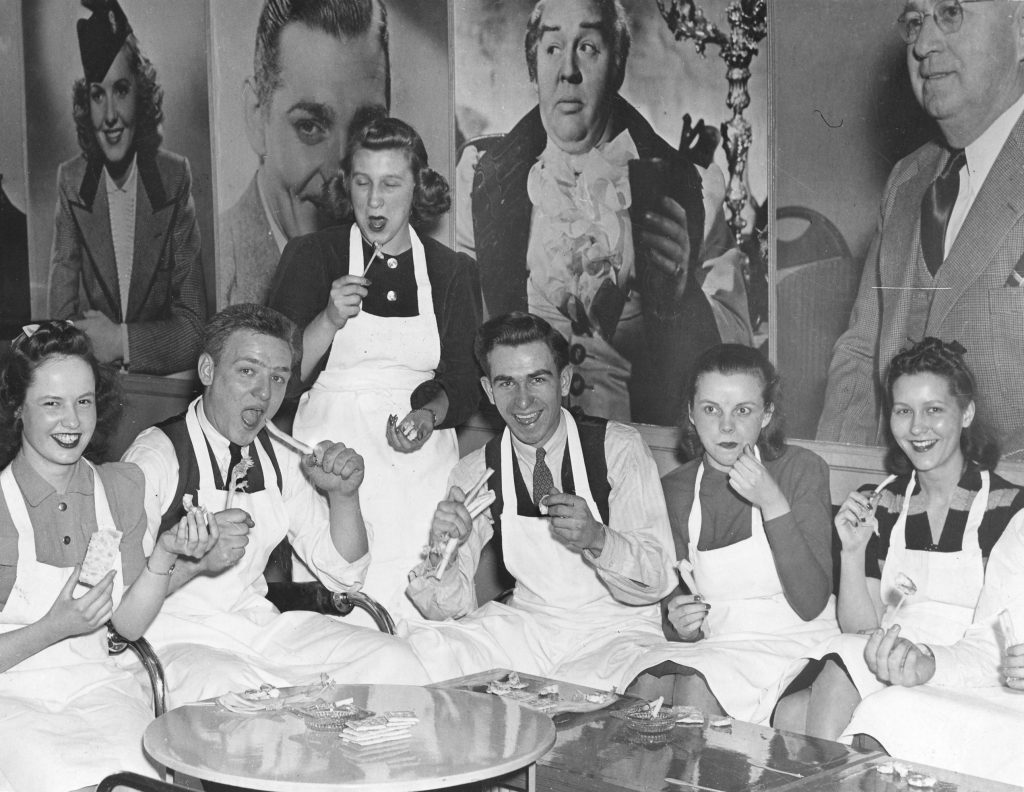
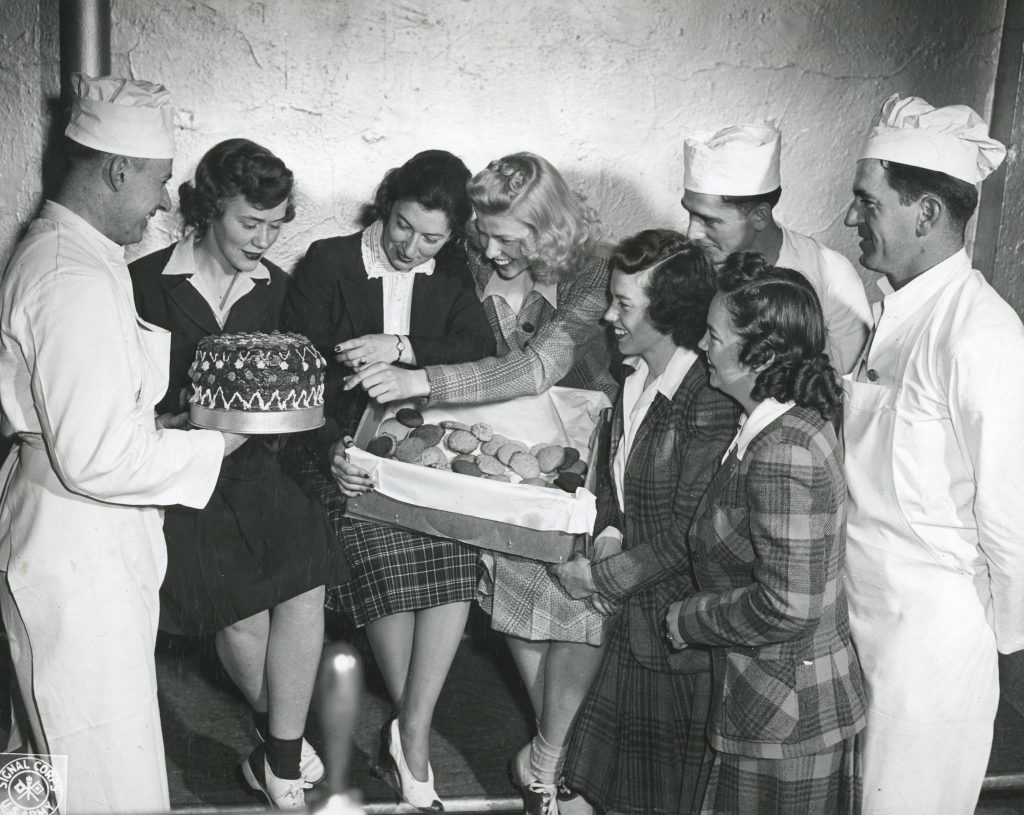
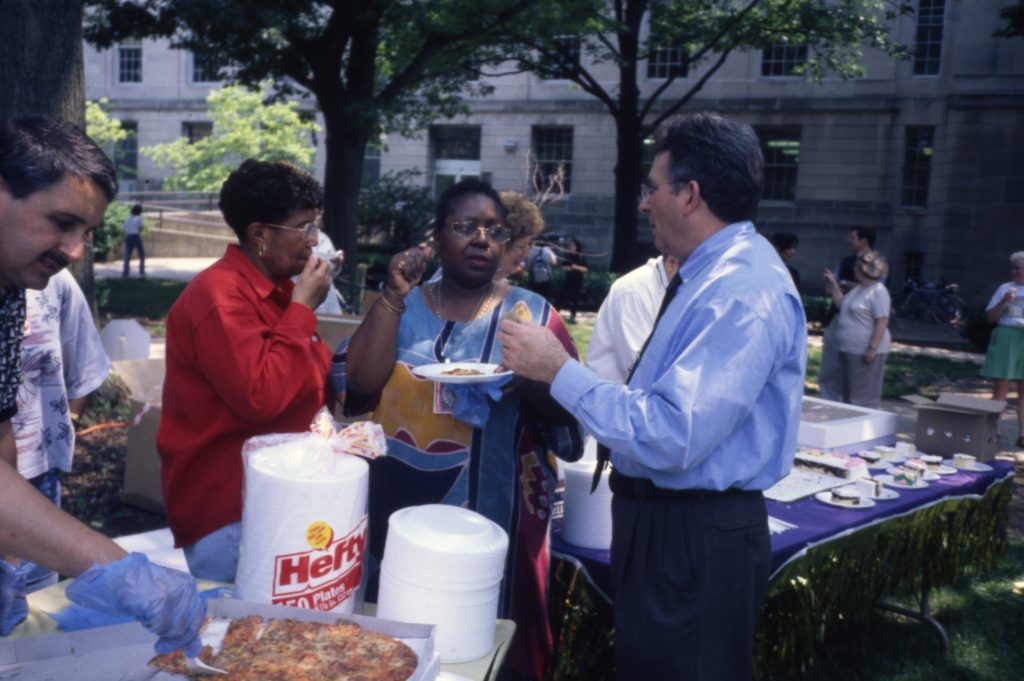

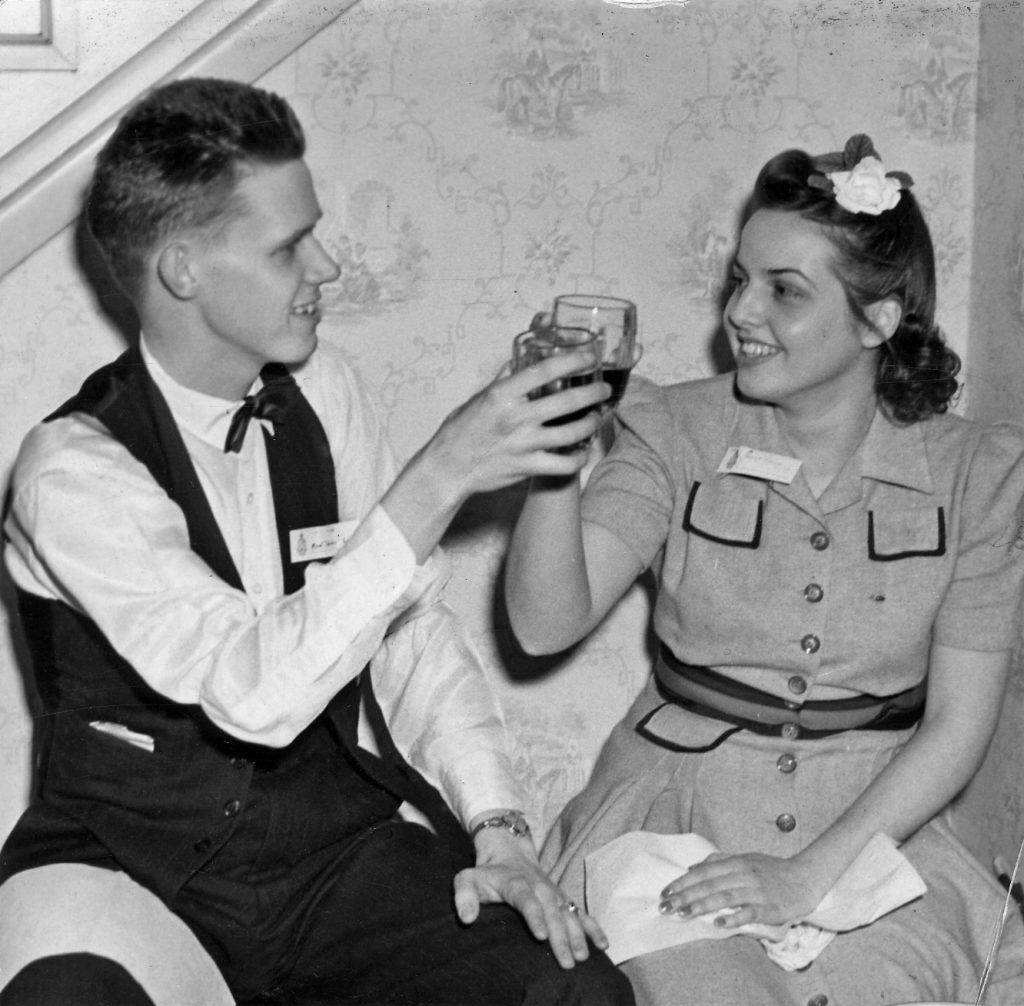


Recent Comments